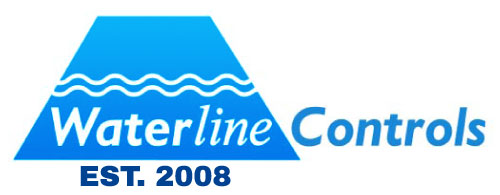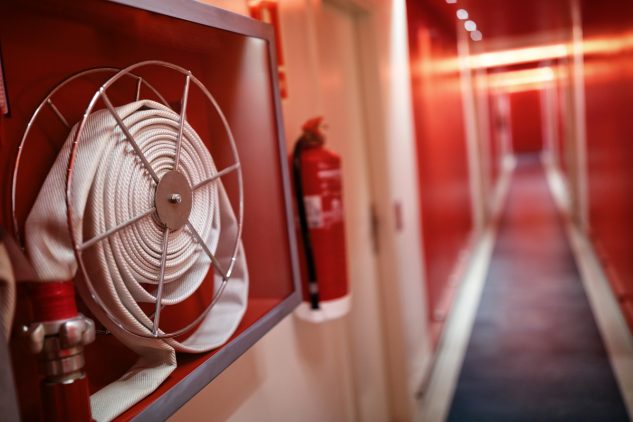Commercial Building Sprinkler Systems: When Are They Required?
Fire safety is highly important for owners and managers of commercial buildings. A fire in a commercial establishment could lead to serious injury or even death of employees and customers. Read on to learn more about sprinkler systems.
Fire Sprinkler Requirements for Commercial Buildings
Some of the more important fire sprinkler requirements for commercial buildings include:
- Automatic fire sprinkler systems must be installed in all newly built commercial buildings with a fire area that exceeds 5,000 square feet, after any remodeling or renovation that extends the fire area beyond 5,000 square feet, or any single tenant expansion requiring a new certificate of occupancy that increases the fire area beyond 12,000 square feet. Fire sprinkler systems must be installed throughout the building and must be designed to provide the maximum amount of coverage.
- Sprinkler systems must be installed in townhomes that contain more than two residential occupancy units per building.
- Buildings more than 55 feet in height must have automatic sprinkler systems installed throughout the building.
- Fire pumps should be installed to increase the amount of pressure in a sprinkler system when the system is fed by a non-pressurized water tank or when the municipal water system does not have sufficient pressure to provide enough water to sprinklers. Wherever possible, fire pumps should be housed in separate buildings. If pumps are located in the same building, they should be in a fire-rated room with an exterior entrance. Pump room entrances should be clearly marked to make them easier to find and access.
- Water supply control valves must be accessible for easy operation. Valves located in stairways must be protected and easily accessible during a fire. Valves should be clearly identified and marked, with exterior signs showing locations of indoor valves. Valves should be marked with information indicating areas or locations covered.
- Self-storage facilities must have automatic sprinklers installed throughout the facility, except in one-story facilities with no indoor corridors and with a one-hour fire barrier.
Waterline Controls™
Our level sensors and controls aren’t just for use in residential potable water holding tanks; some of the other applications include cooling towers, sump pumps, wastewater, boilers, water storage tanks, and building fire protection water tanks.
0

